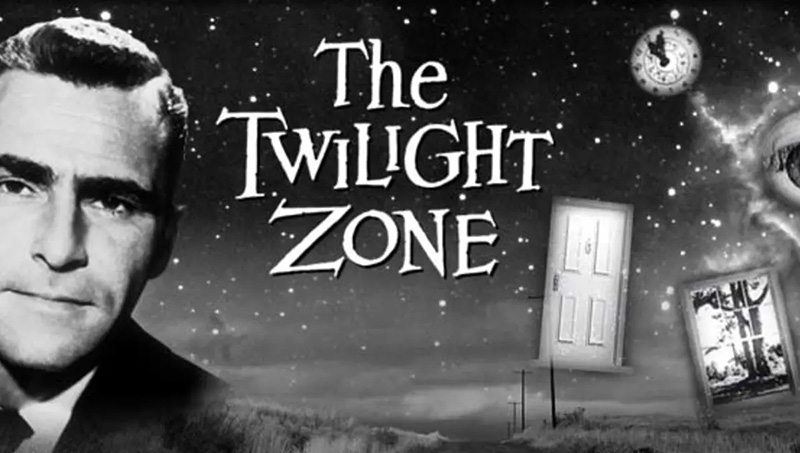
As the clock ticks towards the end of the year, the traditional New Year’s Eve and New Year’s Day “Twilight Zone” marathon is a cherished ritual for many. This year, alongside the usual fan favorites, the marathon will include some lesser-known yet equally captivating episodes. Here are ten under-the-radar episodes from the classic series that you should keep an eye out for during the marathon.
Miniature
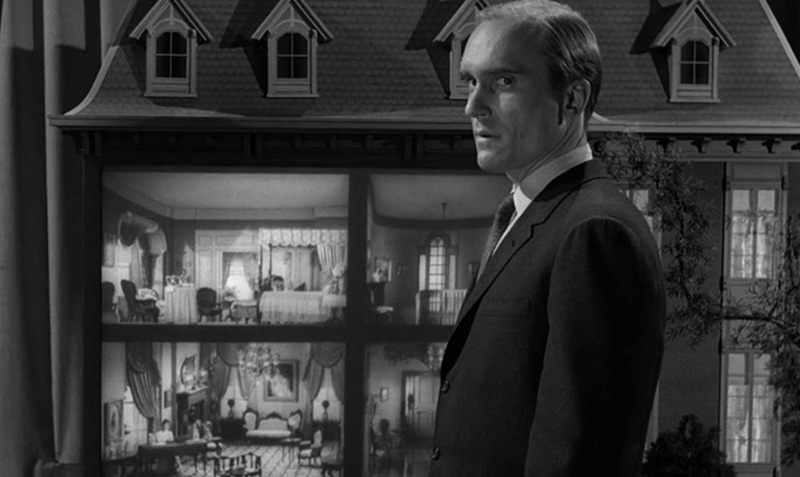
At first glance, “Miniature” might seem like a charming Twilight Zone outlier. No aliens, no time travel, just a man named Charley Park’s infatuation with a beautiful miniature doll in a museum exhibit. But beneath the quaint surface lies a profound exploration of loneliness, isolation, and the yearning for connection.
Robert Duvall delivers a masterful performance as Charley, a timid soul adrift in a world that doesn’t understand him. He finds solace in the meticulously crafted miniature world, where the tiny dollhouse inhabitants seem to live richer, more fulfilling lives than his own. As he pours his affection into the miniature woman, the line between fantasy and reality blurs, raising questions about sanity and the power of imagination.
“Miniature” isn’t about killer dolls or supernatural chills. It’s a heartbreaking commentary on human connection and the desperate search for belonging. It reminds us that sometimes, the greatest monsters we face are our own loneliness and the feeling of being unseen. In its quiet, poignant way, “Miniature” stands as a testament to the enduring power of The Twilight Zone to explore the darkest corners of the human psyche, even within the confines of a dollhouse.
Occurrence at Owl Creek Bridge

Few Twilight Zone episodes captivate and shock like “Occurrence at Owl Creek Bridge.” This 1964 masterpiece transcends the anthology series’ usual format, weaving a hauntingly beautiful narrative that plays with time, perception, and the very essence of life.
Following Peyton Farquhar, a condemned Confederate soldier awaiting execution, the episode plunges us into his final moments. We experience his fear, desperation, and even a fleeting hope of escape alongside him, all rendered in stunning detail and emotional depth.
But just as the noose tightens and Farquhar seems to meet his end, the story takes a breathtaking turn. In a flash, we’re thrust into a seemingly idyllic life he’s built with his wife. The sun shines, birds sing, and he’s finally free. We bask in his newfound joy, only to be ripped back to the harsh reality of the hanging just moments later.
This masterfully executed twist plunges the viewer into an existential abyss.
Howling Man

This episode masterfully blends elements of mystery and horror, capturing the viewer’s imagination from the onset. Its strength lies in the portrayal of the timeless battle between good and evil, encapsulated in the gripping story of a man who inadvertently frees the Devil. The episode’s atmospheric tension, enhanced by stark black-and-white cinematography, creates an eerie, unforgettable visual experience.
Moreover, the moral ambiguity and psychological depth of the characters challenge viewers to ponder the nature of evil and the ease with which it can be unleashed. This episode is a testament to Rod Serling’s genius, showcasing his ability to weave complex themes into captivating stories, making “The Howling Man” a quintessential example of “The Twilight Zone’s” enduring appeal.
The Hunt

“The Hunt” is a standout episode in “The Twilight Zone” series, revered for its heartwarming narrative and profound moral lesson.
This episode diverges from the show’s typical foray into the surreal and ominous, instead offering a poignant tale of love and loyalty.
The story revolves around an old man and his dog, whose bond transcends even death, highlighting themes of companionship and the purity of a pet’s love. Its simplicity is its strength, with a narrative that resonates deeply on a human level.
Of Late I Think of Cliffordville
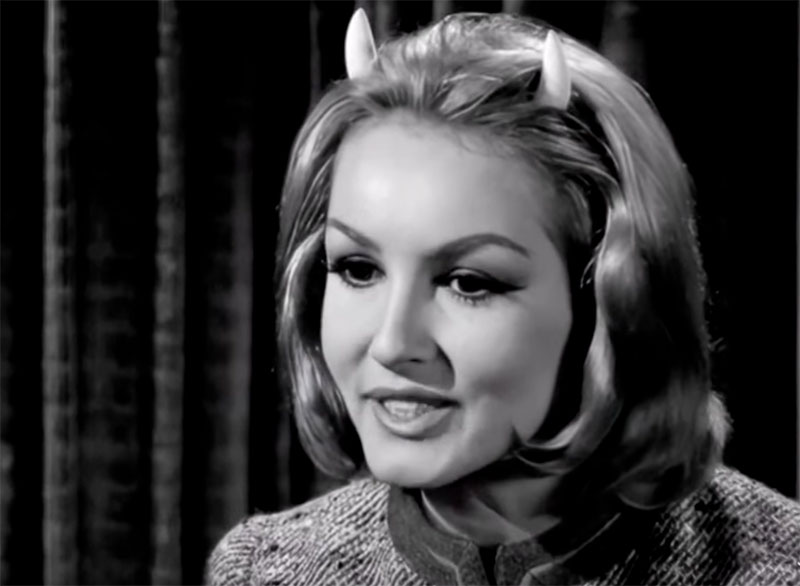
“Of Late I Think of Cliffordville” is an exceptional “Twilight Zone” episode, celebrated for its unique take on the classic theme of second chances.
This episode skillfully intertwines elements of fantasy and morality, exploring the consequences of living a life driven by greed and remorselessness. It tells the story of a wealthy, unfulfilled businessman who gets the chance to return to his youth and redo his life, only to realize that wealth and success don’t guarantee happiness. The clever plot twist and the ironic ending serve as a powerful reminder of the old adage, “be careful what you wish for.”
The Rip Van Winkle Caper

“The Rip Van Winkle Caper” ingeniously blends science fiction with a moral tale, revolving around a group of thieves who use suspended animation to escape into the future after a gold heist.
The story unfolds with a twisty narrative, exploring themes of greed, trust, and the corrupting power of wealth. Its strength lies in the unexpected and ironic twists that culminate in a powerful ending, leaving a lasting impact on the viewer.
Judgement Night

Set on a British cargo liner during World War II, the episode follows a man plagued by a sense of impending doom and a mysterious loss of memory. The storytelling is masterful, gradually building suspense and a sense of inevitable tragedy. Its power lies in the exploration of themes like guilt, fate, and retribution, woven into a narrative that’s both eerie and thought-provoking. The twist ending delivers a chilling realization of justice and eternal punishment, embodying the show’s knack for moral storytelling.
Death’s Head Revisited

“Death’s Head Revisited” is set in Dachau concentration camp, where a former Nazi SS officer returns, only to be confronted by the ghosts of his past atrocities. Its narrative is a haunting reminder of the horrors of the Holocaust and the enduring impact of such crimes against humanity.
Twenty-Two

“Twenty-Two” is a standout episode of “The Twilight Zone” for its masterful exploration of fear and premonition. This story revolves around a hospitalized dancer plagued by a recurring nightmare about the number 22, leading her to a morgue. The episode’s suspense is skillfully crafted, with a gradual buildup that culminates in a shocking yet thought-provoking twist.
Shadow Play

Plunging you into a vortex of existential dread, “Shadow Play” from The Twilight Zone isn’t your typical scare-fest. It’s a slow burn, a psychological thriller that crawls under your skin and twists your perception of reality. Adam Grant, a death row inmate convinced he’s trapped in a recurring nightmare. His execution, he claims, is just a reset button, dooming him to relive the process endlessly.
With only his shadow as a companion, Grant scrambles to convince those around him of his plight. Their disbelief fuels his own terror, blurring the lines between sanity and delusion. Is he truly stuck in a never-ending loop, or has the prospect of death driven him to the brink?

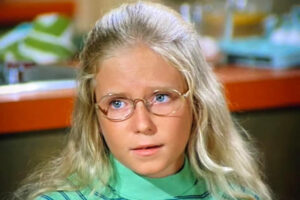

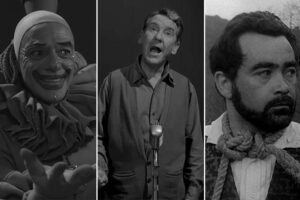

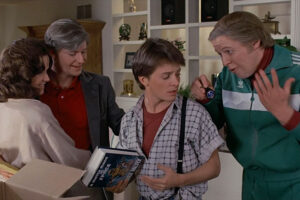
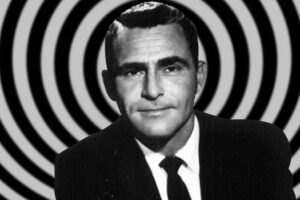
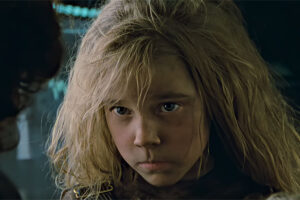
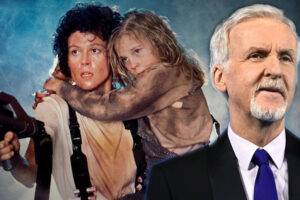

Leave a Reply